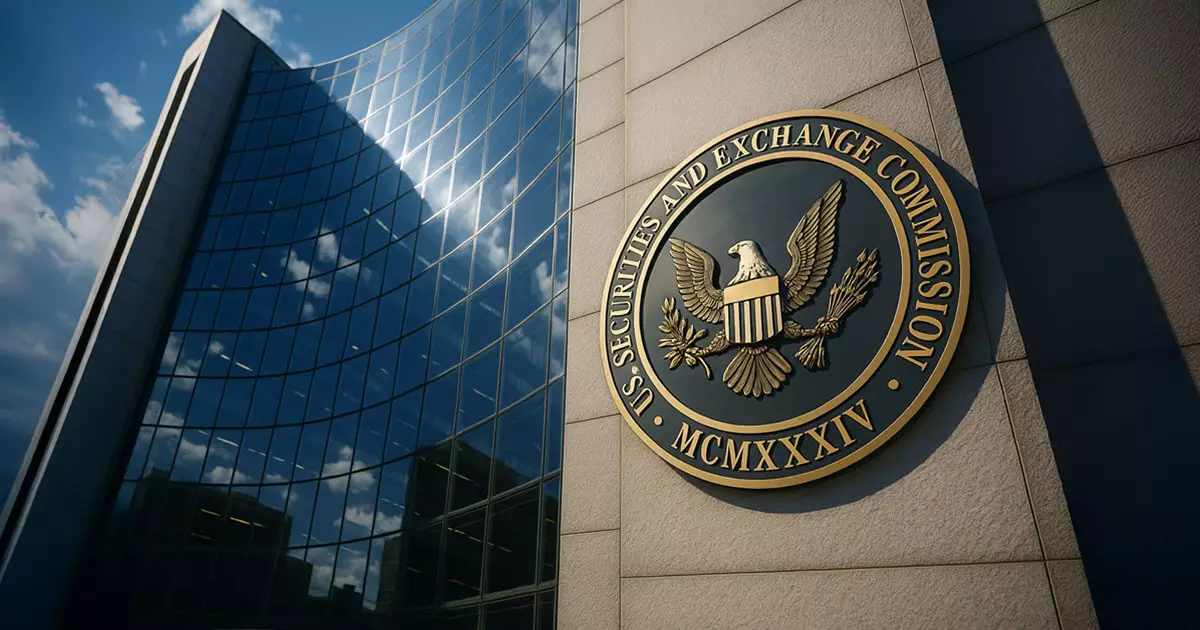The recent guidelines issued by the U.S. Securities and Exchange Commission (SEC) signify a pivotal moment for the digital asset landscape. On May 15, the SEC unveiled an updated FAQ that not only clarifies the relationship between existing securities laws and digital assets but also indicates a potential paradigm shift in how institutions approach crypto. This guidance addresses the roles of broker-dealers and transfer agents and their ability to engage with digital assets, sparking conversations about a more inclusive financial ecosystem.
SEC Commissioner Hester Peirce characterized the guidance as “incremental, not comprehensive,” implying that we are merely scratching the surface of a much larger regulatory framework yet to be unveiled. This is critical for stakeholders, as it suggests that while progress is happening, a comprehensive regulatory environment remains on the horizon.
Ongoing Concerns and Opportunities
One of the most provocative aspects of the updated guidance is its reception by innovative players in the crypto space, particularly Chainlink. The organization heralded this update as a significant stride forward, alleviating longstanding concerns that have plagued financial institutions regarding the use of public blockchains for essential operations. As we march towards a more digitized financial ecosystem, the importance of regulatory clarity cannot be overstated.
The SEC’s motivation appears to stem from private discussions held with Chainlink Labs, giving rise to questions about transparency and the influence of major players over regulatory bodies. Many are left wondering: for whose interests is this guidance designed? While it ostensibly enables better integration of digital assets, it stirs skepticism about whether these regulations genuinely account for the needs of smaller firms and start-ups, or merely solidify the positions of established giants in the financial space.
A Double-Edged Sword: Regulatory Risks
Despite its promise, the SEC’s guidance carries with it a nuanced decree that could expose many customers to unforeseen risks. The separation of crypto like Bitcoin and Ethereum from securities laws implies that clients using these assets will not enjoy protections granted under the Securities Investor Protection Act (SIPA). For those who still believe in the idea of “safe” investments, this revelation could be disconcerting. As firms navigate this regulatory minefield, one must ponder: who truly stands to benefit?
The SEC also made it clear that while these guidelines provide a clearer framework for custody and capital requirements, institutions still face considerable responsibilities to safeguard clients’ assets while managing fluctuating legal definitions. This precarious balancing act could lead to increased operational costs—a burden that could trickle down to everyday consumers.
The March Toward Digitized Finance
The updated guidance allows transfer agents to utilize distributed ledger technology (DLT), including public blockchains, as an official record-keeping mechanism, provided they comply with existing regulations. This could represent a watershed moment for many traditional financial institutions looking to modernize their operations. By adopting technology deemed acceptable by regulators, firms could potentially reap massive cost savings in a market already valued at over $132 trillion.
However, as institutions rush to embrace blockchain technology, it begs an important question: Are they doing so for the right reasons? Skepticism arises when one considers that institutions may be more motivated by the allure of potential profits than genuine interest in revolutionizing financial systems for everyday users. The fear of superficial digitization persists, where Pokémon-like “shiny” new tech supersedes genuine engagement with the underlying principles of decentralization and transparency.
Chainlink: A Central Character in the Narrative
In this landscape, Chainlink is not merely an observer; it seems to be rapidly positioning itself as a key connector between traditional finance and on-chain frameworks. Having taken an active role in influencing federal policy alongside the SEC, Chainlink emerges as a potentially dominant force in the future of tokenized finance.
Through pilot programs and partnerships, Chainlink appears to be validating its role as a bridge to the future, albeit with the caveat that its success elevates a few prominent players rather than fostering a truly egalitarian financial ecosystem. It raises the alarm that digital finance may not be the all-encompassing solution many envision, especially if it perpetuates existing inequities rather than alleviating them.
For now, the SEC’s incremental guidance may indeed be a key to unlocking untold opportunities but also poses the risk of entrenching elite interests while leaving the spirit of decentralized finance—so many hold dear—on the outskirts. The next chapters in regulatory evolution will undoubtedly be pivotal.


Leave a Reply